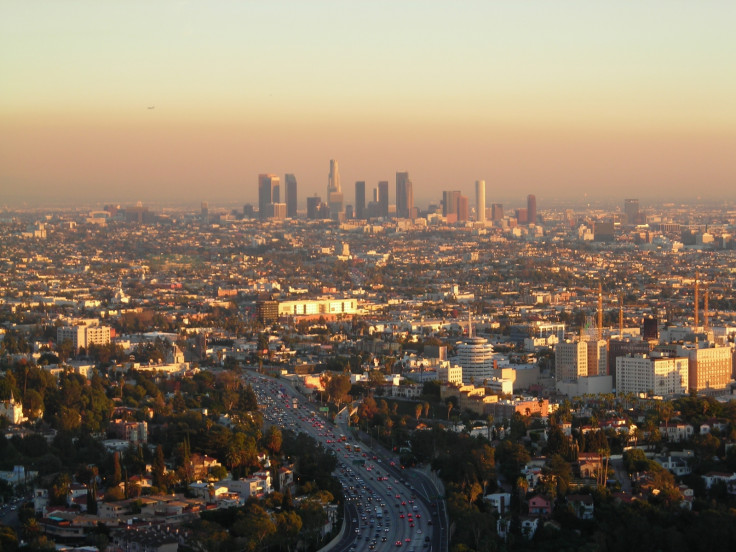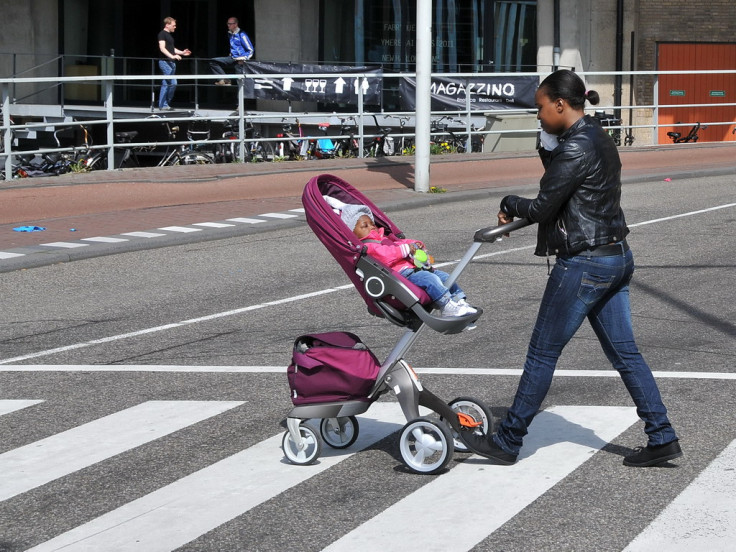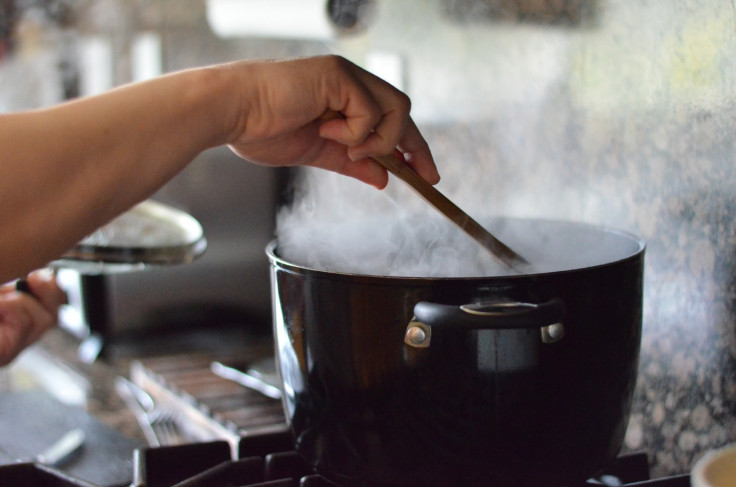Air pollution and how to avoid it
Commuters have a few options to limit exposure to dirty city air for themselves and their families.
Daily exposure to air pollution is linked to asthma, stroke, heart disease, lung cancers and dementia. For many people living in cities, exposure to high levels of pollution seems inevitable until regulations on emissions are tightened. But until that happens, there are things individuals can do to reduce daily exposure to pollution, both outdoors and indoors.
IBTimes UK spoke to Prashant Kumar, who studies urban air pollution at the University of Surrey, about what air pollution is, why it is harmful and what people can do to avoid it.
What is air pollution made up of?
Basically you have a number of pollutants that are part of the regulations. You've got the particulate matter – very fine particles of carbon – and they come in different sizes. You've got the PM 10 (10 micrometres across) and PM 2.5 (2.5 micrometres across). The finer particles are the most harmful.
And then you've got nitrogen dioxide. These are a big problem in large cities like London. In the first few days of the year, the whole quota for the limit of nitrogen dioxide for the year was breached. These are the key pollutants. Then you've also got ozone, carbon monoxide, sulphur dioxide and lead.
Where do these pollutants come from and where do they end up?
Some of them are what's called a primary pollutant. Primary in the sense that they come direct from the sources. That's PM 10, PM 2.5, the gases sulphur dioxide, nitrogen dioxide or carbon monoxide. They are released from sources such as vehicle exhausts. Then there are secondary pollutants – ozone is one. It's formed when nitrogen oxides react with the oxygen you have in the atmosphere in the presence of sunlight. So ozone is not coming out directly from the source but the pollutants are helping to form it, so it might be more diffuse.
You recently did a recent study on exposure to air pollution while commuting – what did you find?
We divided the whole of London into four categories based on income. The 10% most deprived, 10% least deprived and then two middle categories, then saw what sort of mode of transport people use to go to work. It wasn't surprising in a way that we found rich people preferred to use the car, compared with the most deprived who use buses. When we look into exposure we found that if you're using a bus then you might end up having a longer time in the bus for the same journey. And in a bus you also have higher exposure to pollutants.

What was the pollution like for people who commuted by car?
Car drivers were exposed to the least air pollution on their journeys. Cars have better filtering systems compared with buses or the underground. But if you look at it from the perspective of per capita emissions then car drivers are responsible for the most emissions. If you're in a bus then there are usually tens of people using it, so the per capita emissions are much less.
You also did a study recently on babies' and children's exposure to pollution in prams – why did you decide to look into this?
The motivation for this work was because I used to drop my daughter off at school and I also have a son who's now one and a half. We had to walk past certain red lights on the way. Sometimes you can feel the smoke on your face when you're standing there and the vehicles are idling. This was on a personal basis but we had also been doing the experimental assessment work for a long time, so we had a lot of information on the exposure in cars and what happens at traffic lights.
What did you find?
We looked at what sort of exposure the babies get compared with the parents. Their bodies aren't fully developed and they don't have fully formed immune systems compared with adults. We found the places where they need the most protection – larger roads and intersections, where traffic is standing at red lights.

So what can people do to limit their children's exposure to air pollution?
This is a complicated question but there are several things that can be done to reduce exposure. In case of babies' exposure, at the very least you can use the cover on the pram. This is especially helpful at the pollution hotspots, when you can see or smell the fumes. This will not solve the whole problem but it can also create a barrier, and create a layer of defence.
What about commuters?
We found in the London commuting study that at the traffic lights in a car, if your windows are closed then essentially your car becomes a gas chamber. You are sucking the polluted air inside and it has nowhere else to go. Equally, if you are on a free-flowing road and you open up the windows then this allows you to flush out the pollution.
And for pedestrians?
For the people exposed to pollution on the street, one of the things you can do is to avoid those polluted routes. Take the routes that are greener, or the smaller roads further away from the main roads. If there is space or greenery such as a hedge in between you and the road then this could help too – we have another research project at the moment looking into this. But if you just have a very narrow footpath next to a busy road, and on the side you have buildings, then this doesn't let the emissions disperse very well.

Do pollution masks work?
Whatever you put in between you and the pollution will help. That way you are not allowing these emissions to go into your nose directly. They're passing through a filter that will stop some of these pollutants going in. I'm not sure how effective these masks are when we talk about ultra-fine particles less than 100 nanometres. They are really tiny so may be passing through the filter. But masks do work will with PM 10 and PM 2.5, so they might be doing something good to stop people inhaling those emissions.
What can people do to minimise their indoor pollution exposure?
There are a number of things people can think about. The major source is often the kitchen. Cooking is a major source of indoor pollution – either you are using gas or you are using oil, which produces a lot of small and damaging particles. The best way to reduce your exposure is basically ventilation. That's the key. Either you have a ventilator sucking out the emissions, or you open the window to throw the polluted air outside. Then it is replaced by the clean air.
Perhaps if you have the kitchen door open to the rest of the house, then it can also spread the indoor pollution to your whole house. The smell of something cooking is driven by these particles that are pollutants – it may not be unpleasant in terms of the smell, but some of the chemical constituents may not be good for your health.
Is there anything else people can do to limit exposure?
Of course there is tackling the source itself. There are policy makers working towards policies on how emissions can be reduced. The key thing in my opinion is for the individuals to be more vigilant and become educated about the problem. Awareness is much better than it used to be several years back, but plenty can be done to make people aware so they can devise their own actions to save themselves from exposure to high levels of pollution.

© Copyright IBTimes 2024. All rights reserved.






